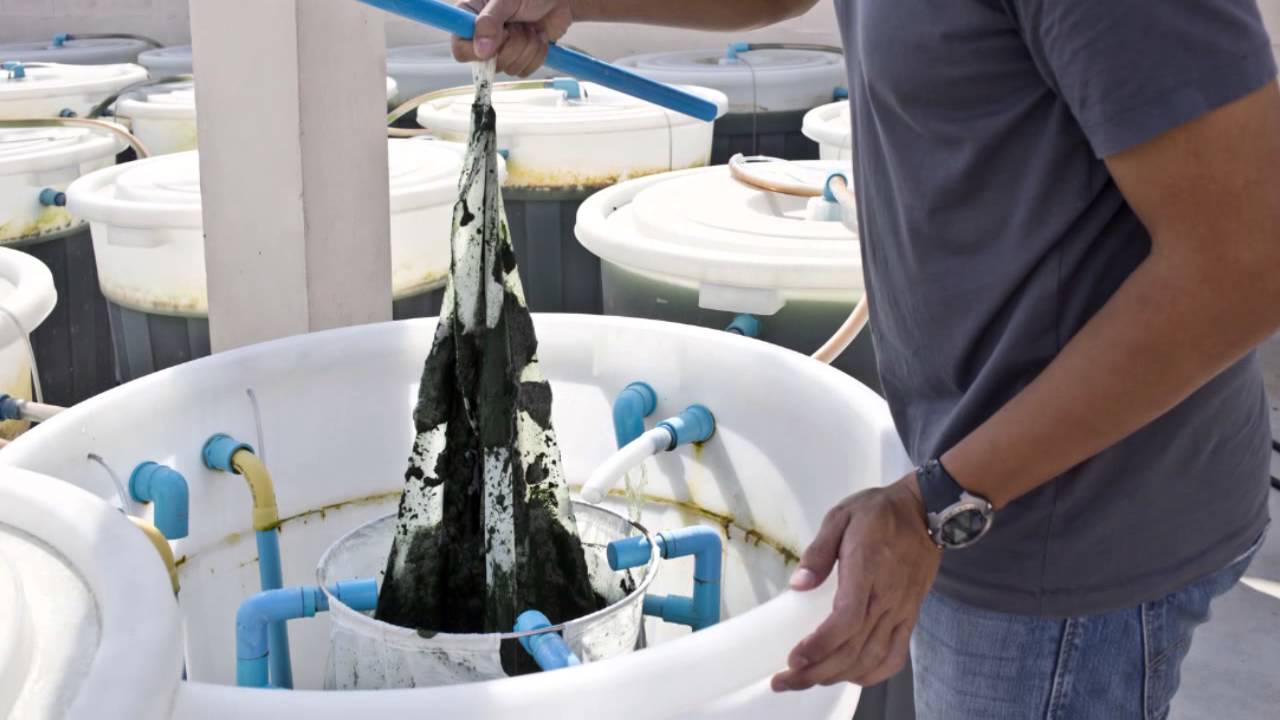Spirulina Healthy Source of Protein + Sequestering CO2
Urban farming can be a source of fresh and sustainable […]
Urban farming can be a source of fresh and sustainable food even in some of the world’s most polluted cities. EnerGaia, a Thai company that works with hotels, businesses and other building owners, is using previously unused rooftops to produce spirulina, an edible cyanobacteria which, if harvested on a large scale, could be used as a high-protein, sustainable alternative to meat.
Spirulina (dietary supplement) Spirulina was a food source for the Aztecs and other Mesoamericans until the 16th century; the harvest from Lake Texcoco and subsequent sale as cakes were described by one of Cortés‘ soldiers. The Aztecs called it “tecuitlatl”.
Spirulina was found in abundance at Lake Texcoco by French researchers in the 1960s, but there is no reference to its use by the Aztecs as a daily food source after the 16th century, probably due to the draining of the surrounding lakes for agricultural and urban development. The first large-scale spirulina production plant, run by Sosa Texcoco, was established there in the early 1970s.
Spirulina has also been traditionally harvested in Chad. It is dried into cakes called dihé, which are used to make broths for meals, and also sold in markets. The spirulina is harvested from small lakes and ponds around Lake Chad.
